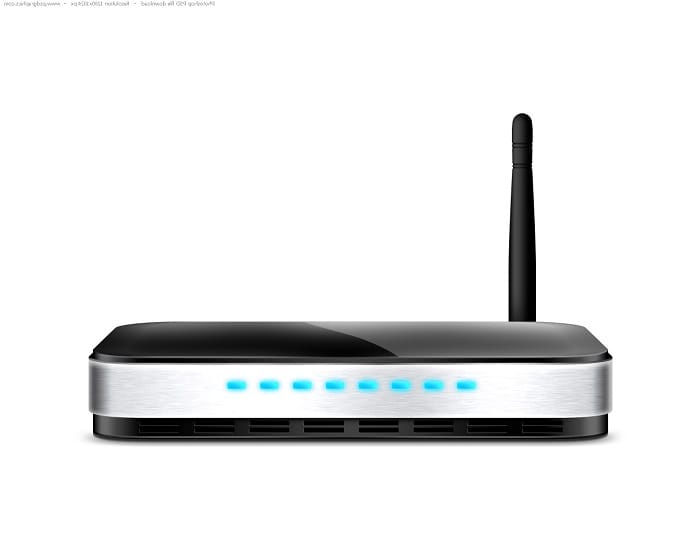The Need for Wireless Standards and Protocols essay
Today, the development of technologies contributes to the wider emergence of wireless networks that open new opportunities for communication and data sharing. However, the rise of the popularity of wireless networks raises the problem of the introduction of reliable and safe wireless standards and protocols. At the moment, wireless standards and protocols remain, to a certain extent, under-regulated and under-developed. As a result, the risk of information breaches persists along with the risk of misusing wireless networks for the access to the private information and other cyber crimes. In such a situation, wireless standards and protocols need consistent enhancements not only at the domestic level but also internationally and such organizations as the Federal Communications Commission or the International Organization of Standardization should regulate the development of wireless networks and technology through setting effective wireless standards and protocols.
The Federal Communications Commission is the US federal government body that regulates the communication market, including the wireless market in particular. In fact, the Federal Communications Commission does not limit its functions by the control over businesses but also it expands its control on private means of communications introducing standards and regulations that determine the development of the communications industry in the US. In this regard, the Federal Communications Commission has the authority to regulate wireless technology and networks in the US. The regulation occurs through the establishments of norms and standards which all users in the US have to respect. Otherwise, the Commission will use its authority to impose sanctions and launch the legal prosecution on businesses and individuals that violate established norms and standards.
The ISO is the international organization that establishes standards in different fields, including the wireless technology and networks. At this point, it is worth mentioning the ISO 21216-2012 standard, as one of the main standards dedicated to the regulation of the wireless technology and wireless networks (Behzad, 2013). The ISO focuses on the establishment of standards at the international level and maintains the control over the observation of those standards, while the violation of those standards can raise substantial problems in the international trade for violators of standards established by the ISO.
The breadth of the standards regulations depends on the scope of operations of each regulatory organization. In this regard, the Federal Communication Commission focuses on the regulation of wireless standards throughout the US. As for the ISO, this is the international organization that focuses on regulation and development of international wireless standards that are applicable globally.
At the same time both the Federal Communication Commission and ISO regulations and standards need enhancements and advancements. The Federal Communications Commission and ISO face, to a significant extent, similar problems since their regulations are, in a way, outdated because the wireless technology progresses faster than the standards are introduced by both organizations (Tanenbaum, 2013). In addition, ISO faces the problem of the introduction of such standards that would be applicable internationally that means that the ISO has to take into consideration national differences and establish standards that can be adapted in different countries.
At the moment, the ISO 21216-2012 standard is one of the key standards used for wireless networks. ISO 21216-2012 standard covers the open systems interconnection layer 1 physical layer air interface for communications medium operating in the 60 GHz millimetric frequency range by providing the parameters for medium range, medium to high speed wireless communications in the ITS sector. This standard specifies the parameters required to interface the Layer 1 of such a system to the communications access for land mobiles architecture.
Along with formal regulations and standards, there are information ones, which do not have the solid legal basis but still do exist de-facto. At this point, it is possible to refer to the standard known as 802.11b. 802.11b has been the de facto wireless networking standard of the last few years, and for good reason. It offers excellent range and respectable throughput. (While the radio can send frames at up to 11 Mbps, protocol overhead puts the data rate at 5 to 6 Mbps, which is about on par with 10baseT Ethernet.) It operates using DSSS at 2.4 GHz, and automatically selects the best data rate (either 1, 2, 5.5, or 11 Mbps), depending on available signal strength (Tanenbaum, 2013). Its greatest advantage at this point is its ubiquity: millions of 802. 11b devices have shipped, and the cost of client and access point gear is not only phenomenally low, but also ships embedded in many laptop and handheld devices. It can move data at rates much faster than the average Internet connection (Tanenbaum, 2013).
Thus, the development of the wireless technology and growing popularity of wireless networks confront the problem of the poor or insufficient regulations and standardization (Viadrot, 2001). As a result, companies and individuals using the wireless technology face different risks, such as information breaches. Regulatory organizations that set standards, such as the Federal Communications Commission and ISO should unite their efforts to create a solid and effective system of standards to regulate the wireless technology and networks market.
Do you like this essay?
Our writers can write a paper like this for you!



